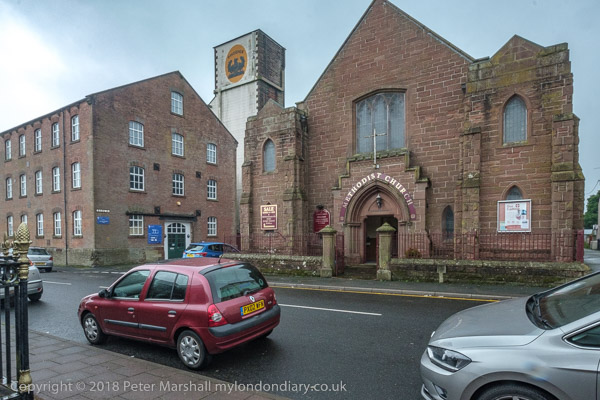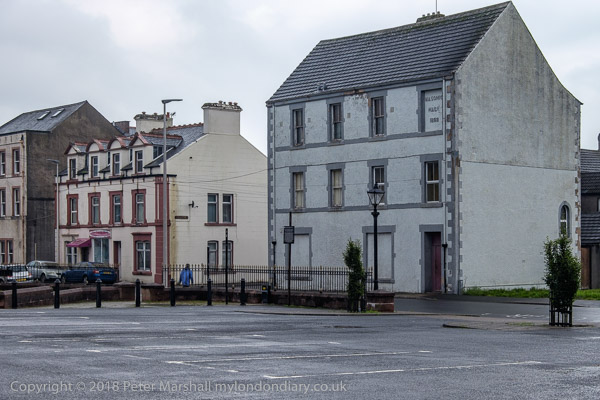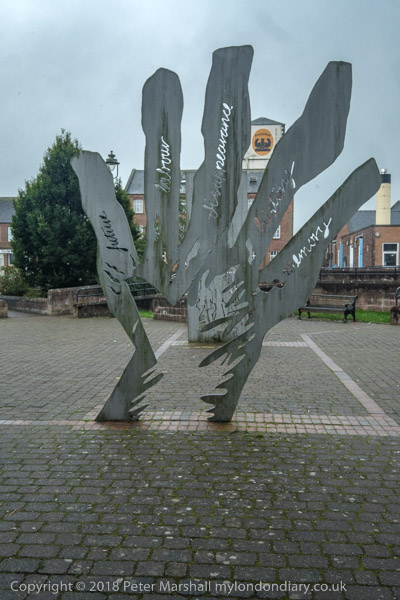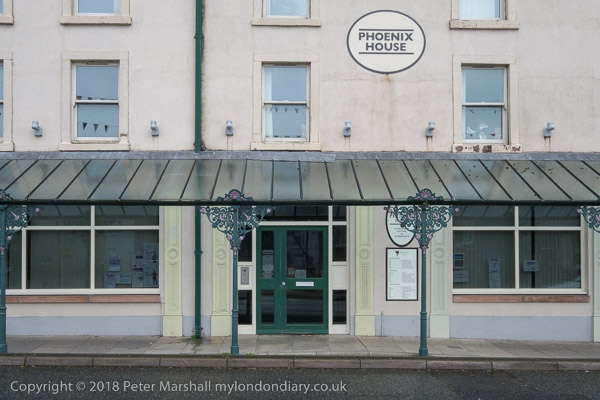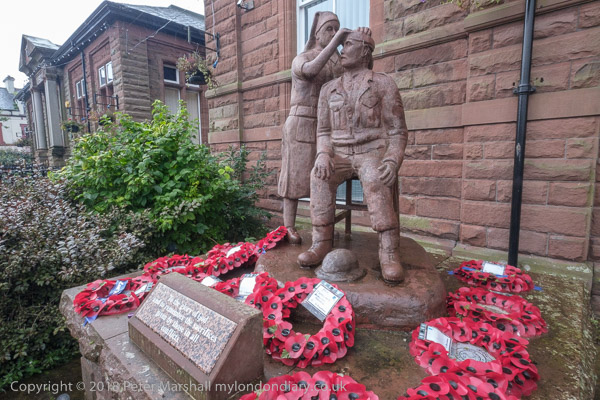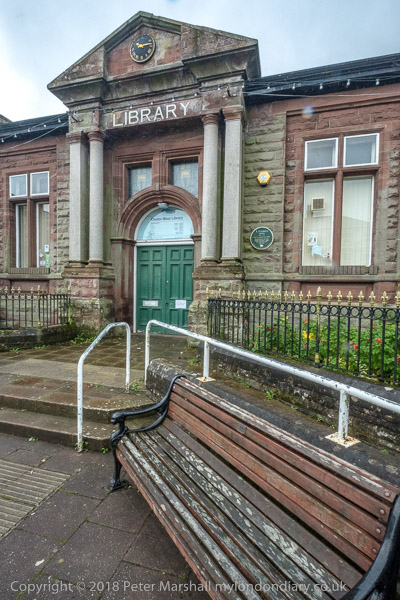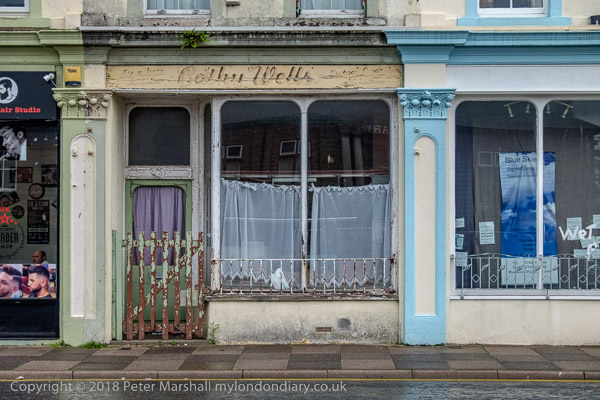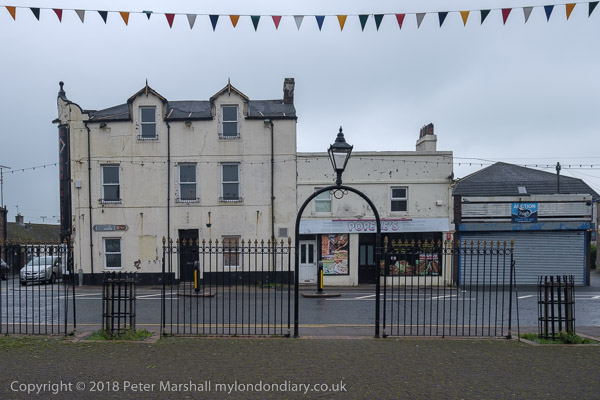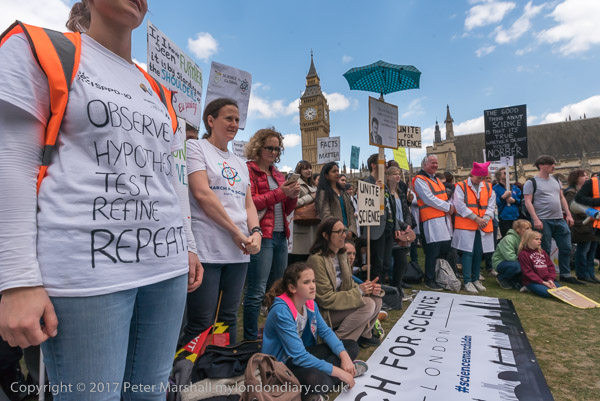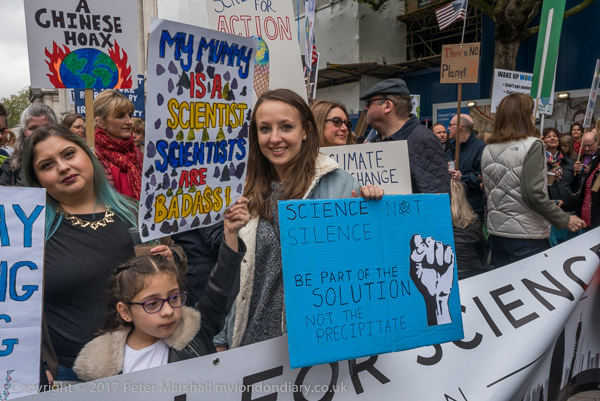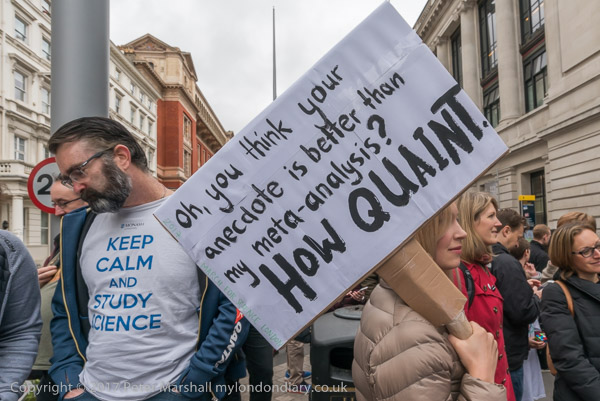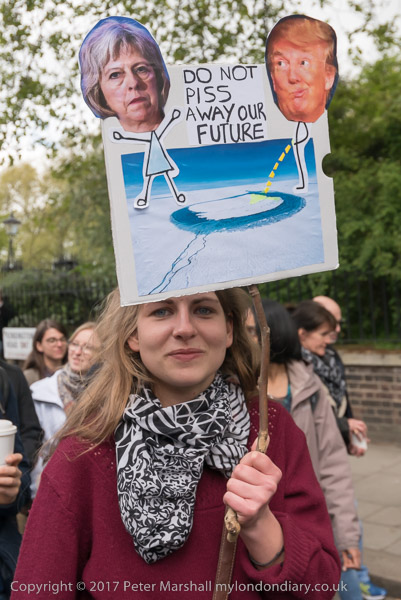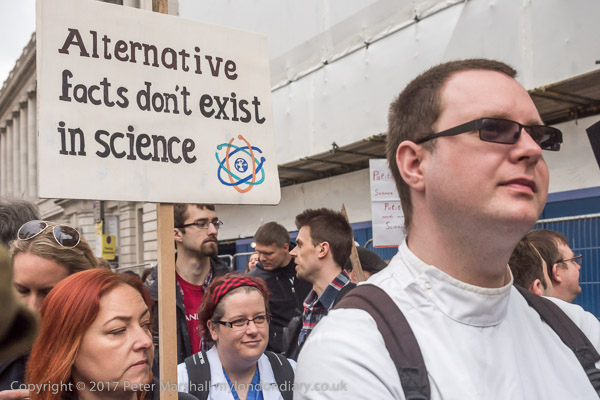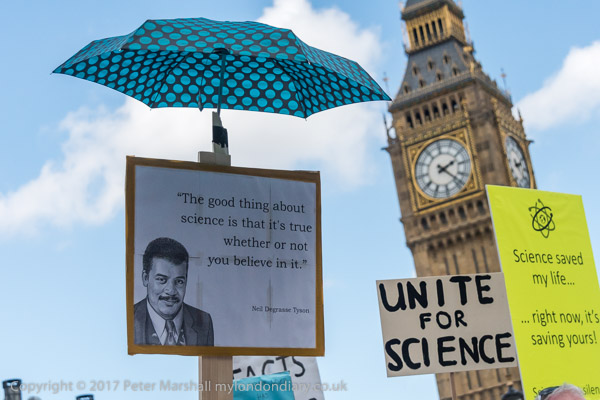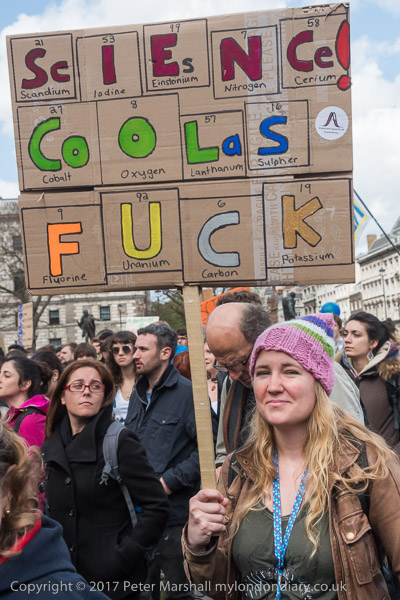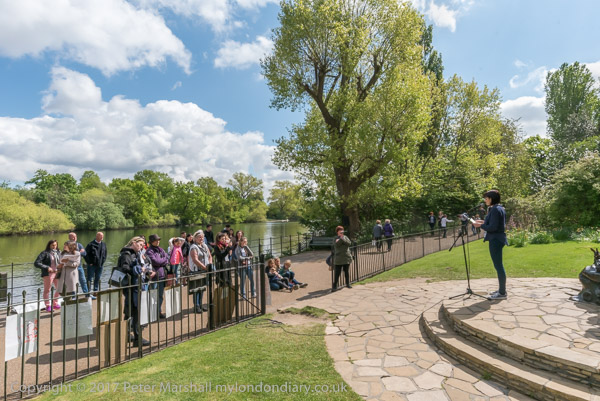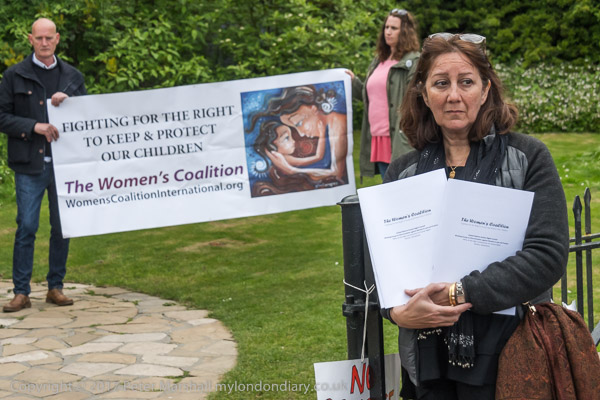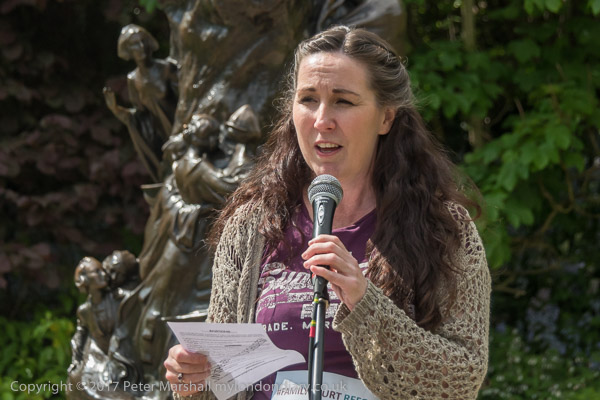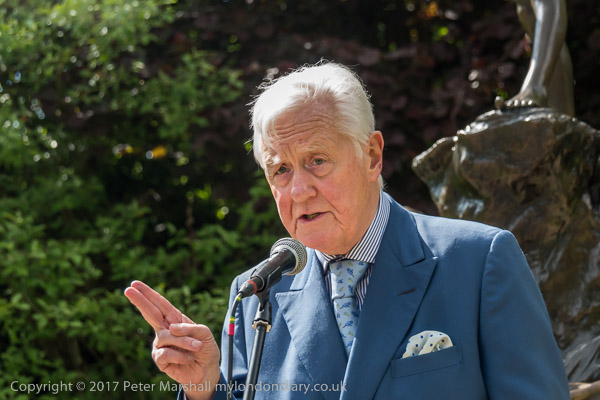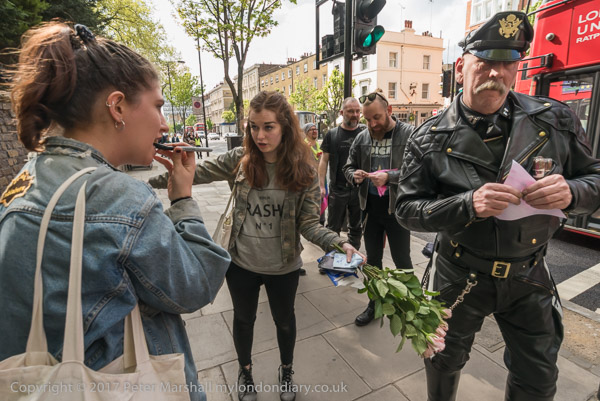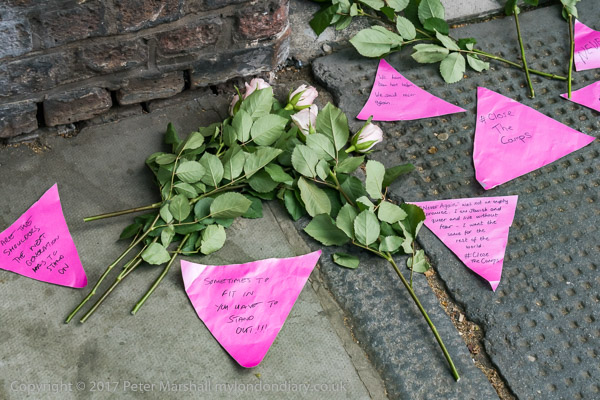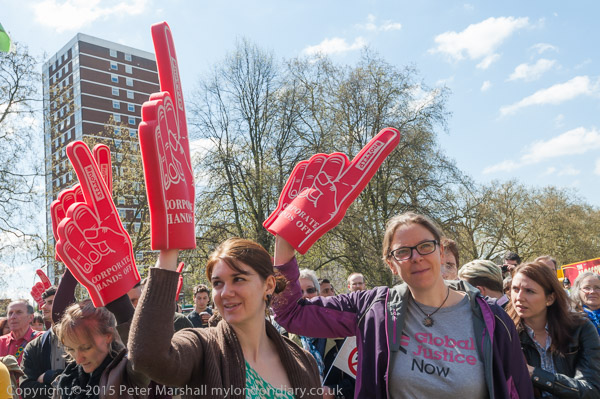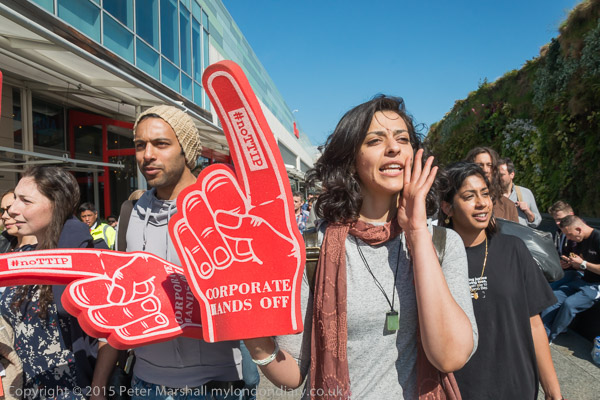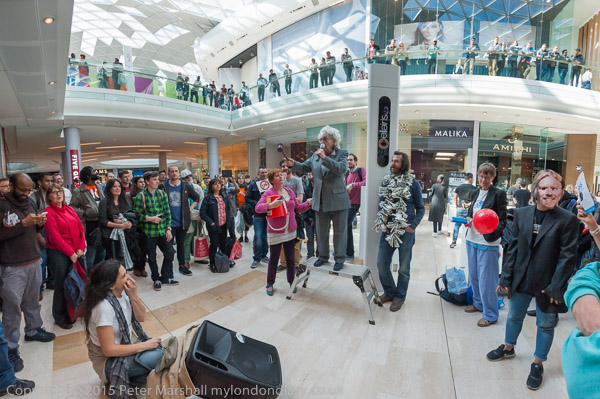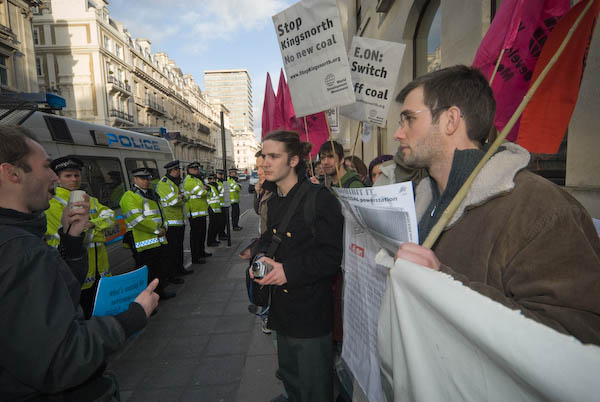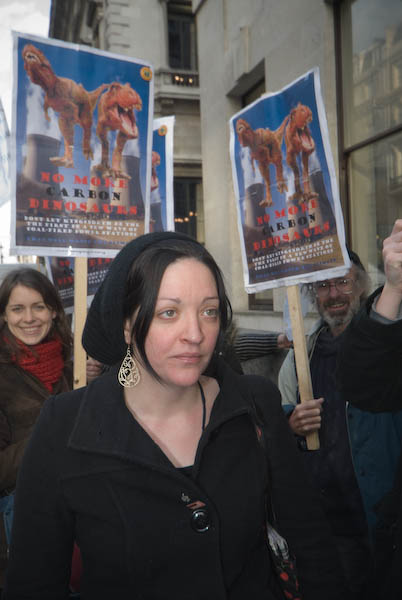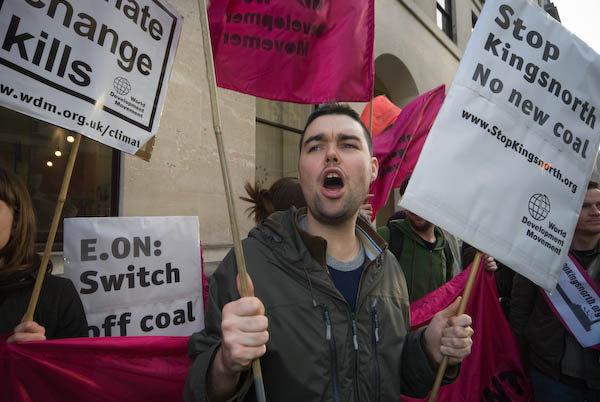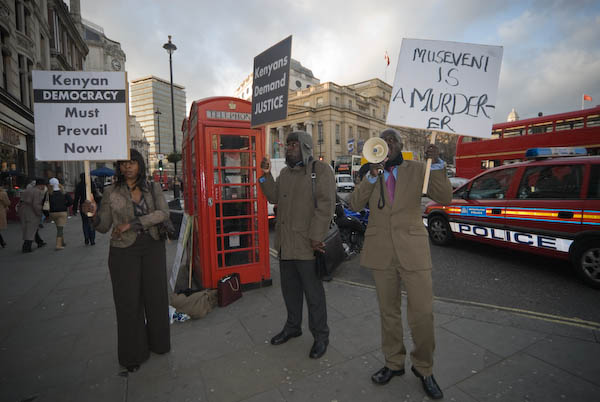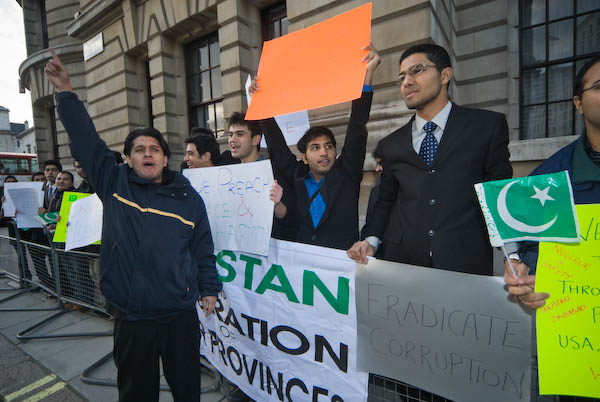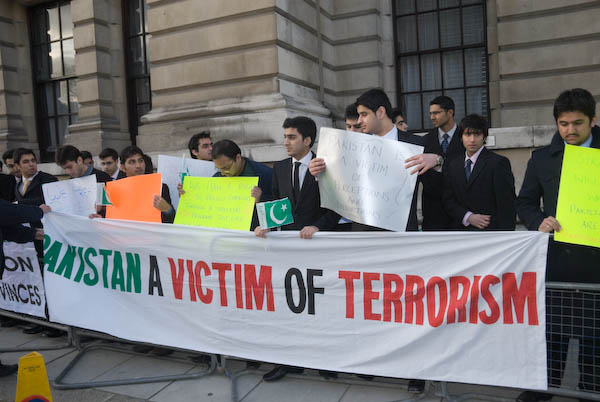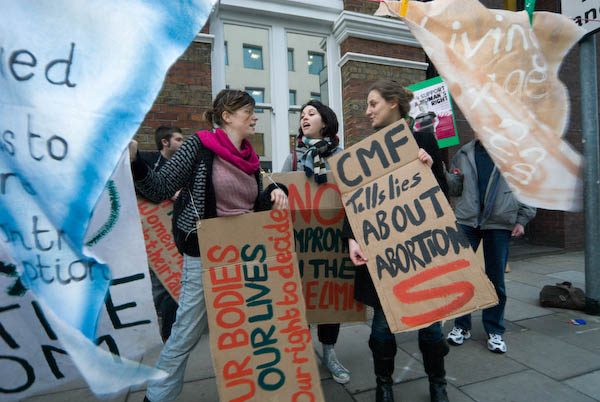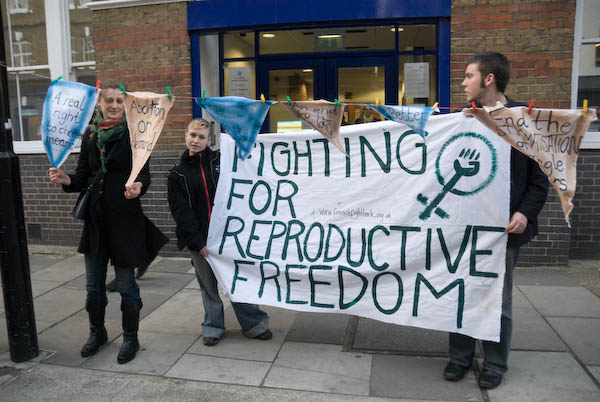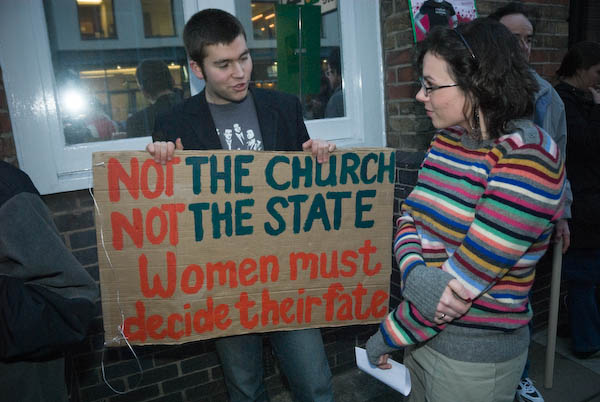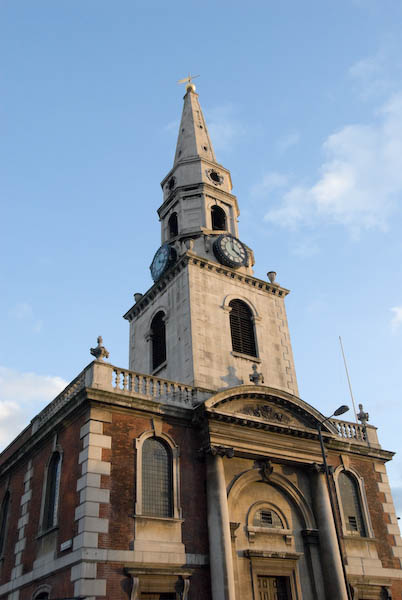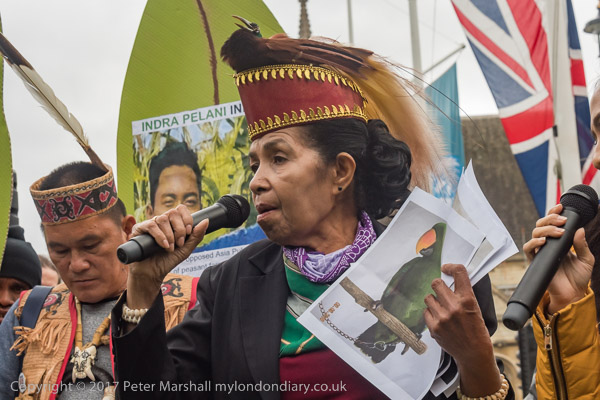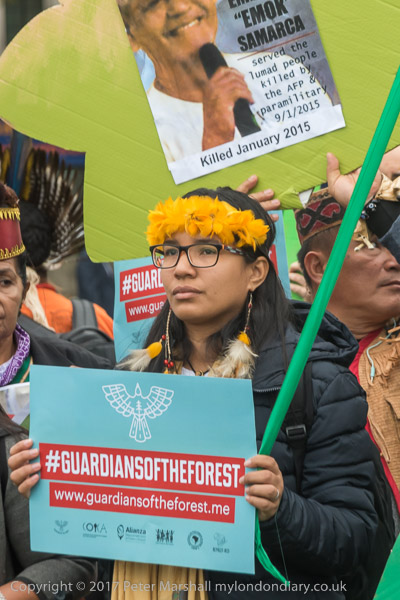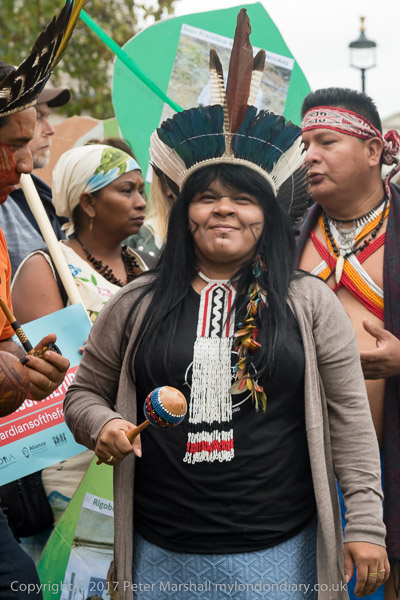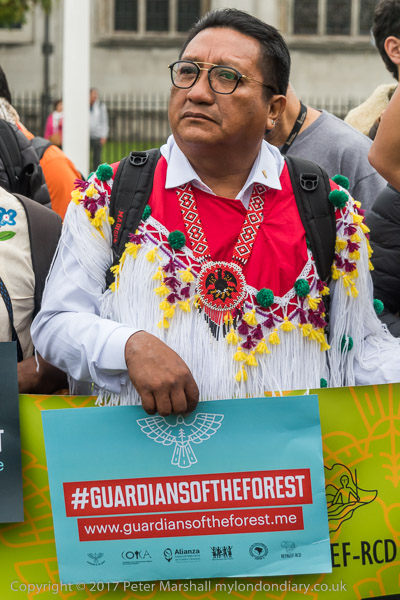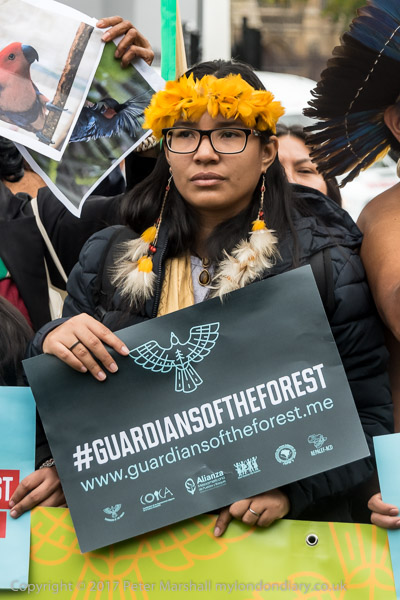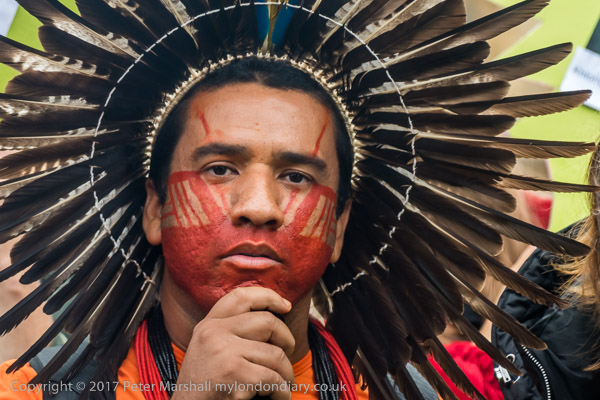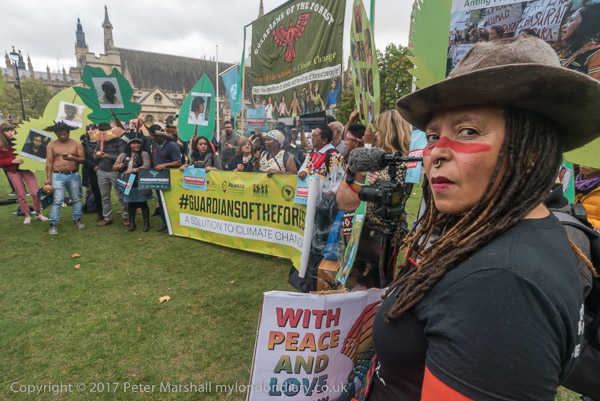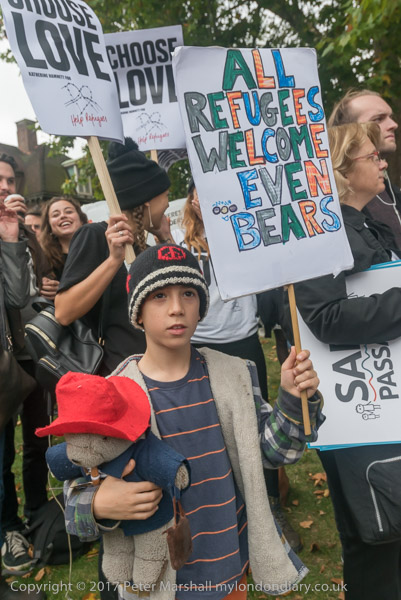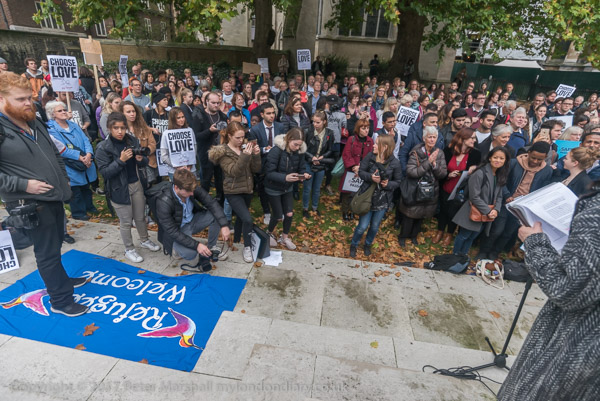Armenians, Football, Tweed, TTIP, KFC, BP, NHS: Ten years ago on Saturday 18th April 2015 London was busy with protests and I rushed around covering seven events, though the last four at Shepherds Bush were all part of the Day of Dissent rally against TTIP, related to the problems which would be caused with a trade deal with the USA – and all threats now relevant to the current talks between our government and the Trump administration.
Centenary of Armenian Genocide
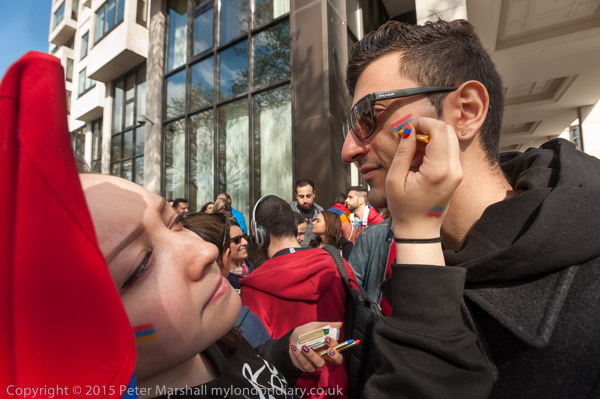
I met hundreds of Armenians close to Hyde Park corner on Piccadilly as they prepared for their annual march in protest against the Armenian Genocide. This year, 2015 marked the centenary of the start of the killing of 1.5m Armenians by Turkey between 1915 and 1923.
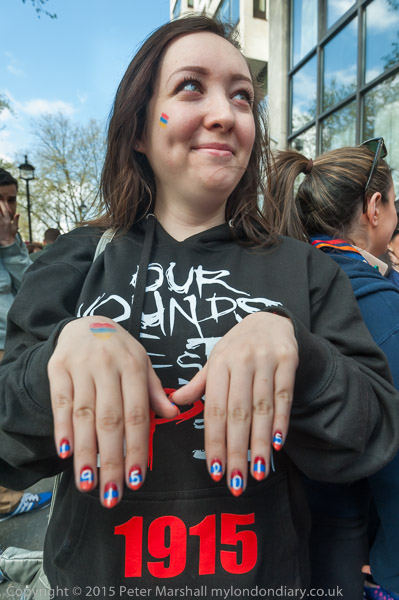
Turkey still refuse to accept the mass killings as genocide and the UK has not recognised the Armenian genocide. Armenians demannd that both countries should recognise this historic event and that it should be taught in the national curriculum.
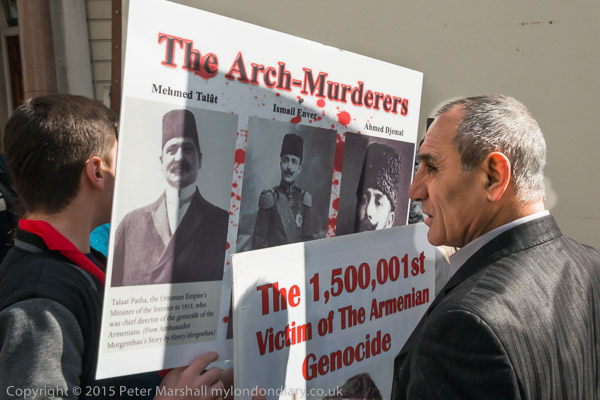
Some carried placards with pictures of Hrant Dink who is described as ‘The 1,500,001st Victim of The Armenian Genocide‘. Editor of the Istanbul Turkish-Armenian newspaper Agos, he was prosecuted under Article 301 of the Turkish Penal Code which makes it a crime to publicly denigrate the Turkish government, republic or nation. After having received many death threats he was assassinated by a 17 year old Turkish Nationalist in January 2007.

I left the protest shortly before the march began, hoping to see them later at Downing Street but had left Westminster before they arrived.
More pictures: Centenary of Armenian Genocide
Football Action Network Manifesto
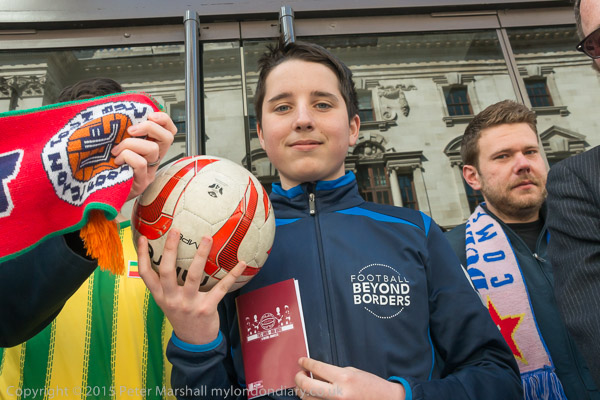
I went to Westminster to find the Football Action Network who were taking copies of their manifesto to the Labour, Tory and Lib-Dem offices, and finally caught up with them on the steps of the Lib-Dem offices.

Their demands include a Football Reform Bill, a living wage for all staff, fair ticket prices, safe standing, and reforms to clubs & FA.
Football Action Network Manifesto
Tweed Cycle Ride
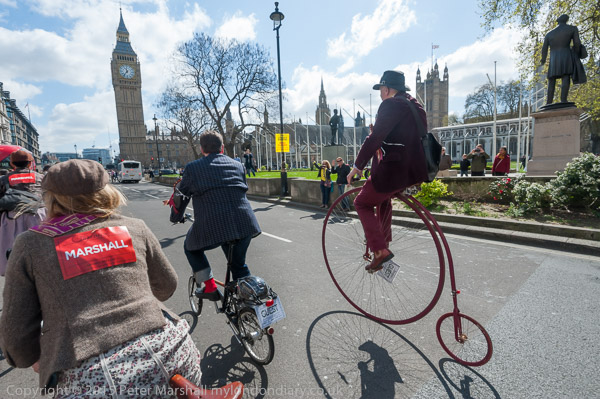
I briefly left the football fans as the Tweed Cycle Ride stopped on the road opposite and rushed to take pictures as it went into Parliament Square. The vintage-themed ride, “a jaunty bike ride around London in our sartorial best“, stops for tea and a picnic and ends with “a bit of a jolly knees-up” and raises funds for the London Cycling Campaign.
Stop TTIP Rally – Shepherds Bush
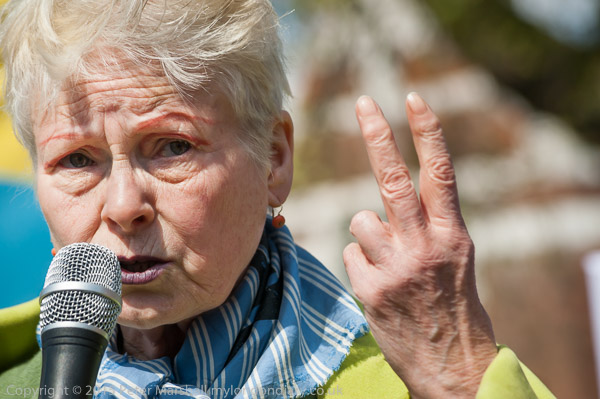
Shepherds Bush was the venue chosen for the Day of Dissent rally against TTIP, the Transatlantic Trade and Investment Partnership, a proposed trade treaty between the European Union (then still including Britain) and the United States which would have given excessive power to corporations, enabling them to override national laws.

The event began with a rally on Shepherds Bush Green with speakers including Dame Vivienne Westwood, John Hilary of War on Want along with many others.
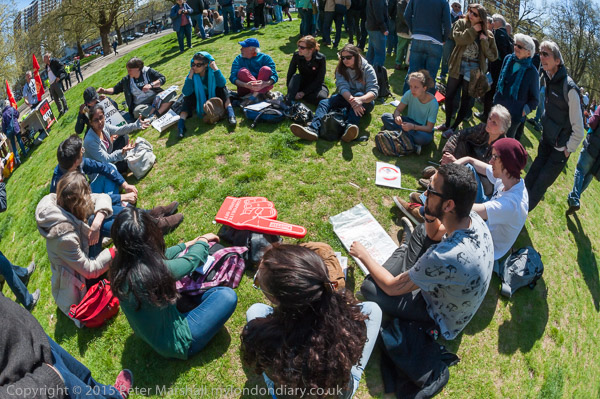
But much of the time was spent in a number of group discussions and it wasn’t an easy event to make interesting pictures. What was really clear was the threat that the TTIP treaty being negotiated by governments and corporations poses to democracy and all public services, that it would be a threat to public health and the NHS and would prevent changes made to combat climate change.
Campaigners then left to carry out the three separate actions I then photographed.
KFC protest over TTIP – Shepherds Bush
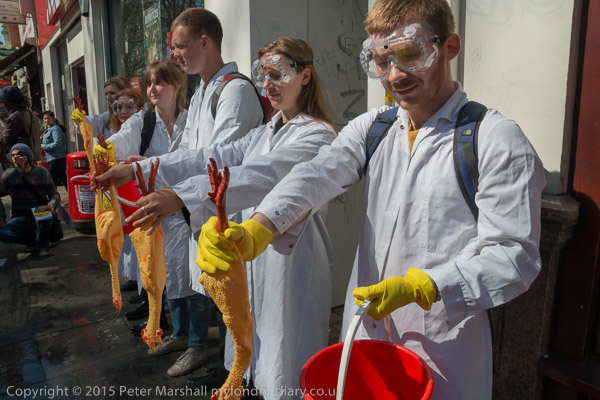
Protesters in white coats formed a line outside KFC at Shepherds Bush dipping rubber chickens in buckets of chlorine and acid, illustrating that TTIP would force the UK to accept unsafe agricultural and food practices (including GMO crops) allowed in the USA.
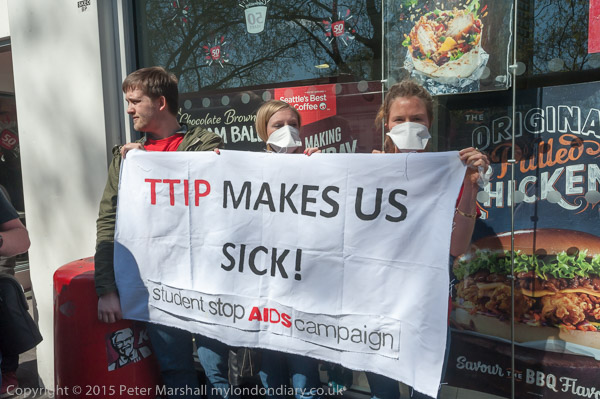
Chickens need chlorine washing because of lower farm hygiene standards and US meat contains much higher levels of hormones and other chemicals than here.
BP die-in against Climate Change
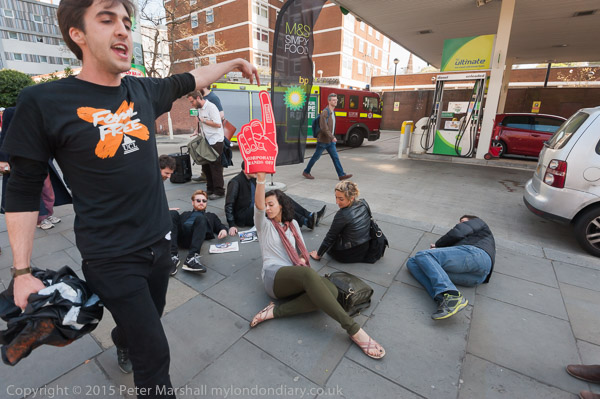
On the other side of Shepherds Bush Green protesters calling for a fossil fuel free future staged a die-in at BP Shepherds Bush against TTIP, which would force countries to use dirty fuels including coal, tar oil and arctic oil and seriously delay cutting carbon emissions and the move to renewable energy.
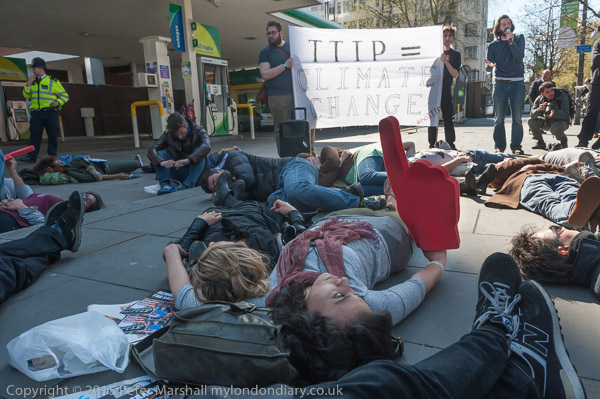
After some speeches about the protest the protesters got up from the garage forecourt and walked away.
More at BP die-in against Climate Change.
Westfield ‘Save our NHS’ protest
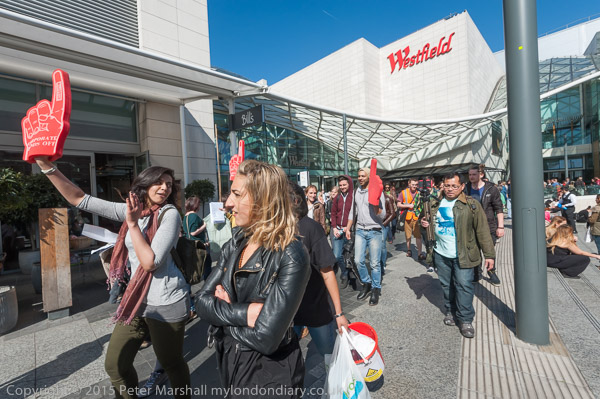
Protesters walked in to the Westfield Centre to protest outside the Virgin media shop over the danger that TTIP poses to our NHS. Virgin Healthcare, (in 2021 rebranded as HCRG Care Group) had already taken over providing large parts of the simpler services provided by the NHS, replacing the easily run parts of our National Health service, and taking money out of the system.
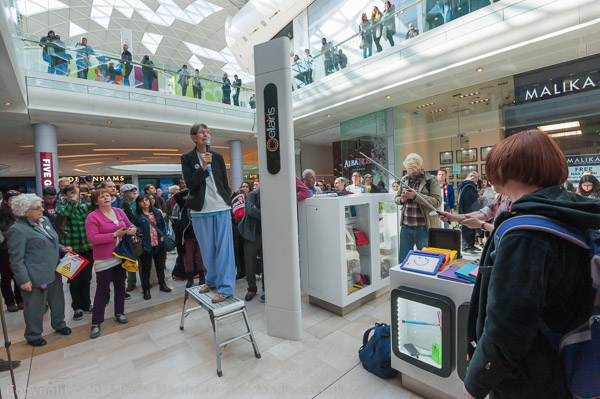
Campaigners urged that the NHS should be excluded from TTIP, but governments and business insist it should not be. Now in 2025 we are again worried that any US-UK trade agreement made by the Starmer Labour government may open up our health service to much greater privatisation by the giant US health companies.
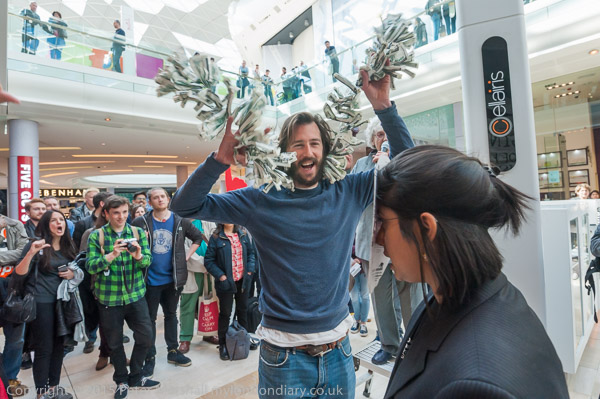
Many UK government members have significant financial interests in private healthcare companies, and coulld have expected rich profits if TTIP is agreed as it will force the NHS to contract out its services to them.
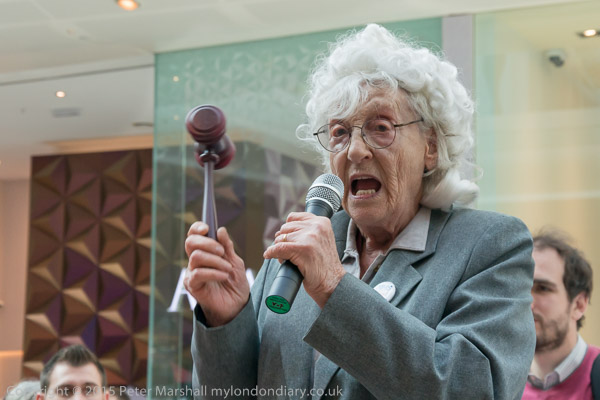
After Trump became president he stopped the TTIP talks so he could pursue a trade war with the EU. One of the few things we can thank him for.
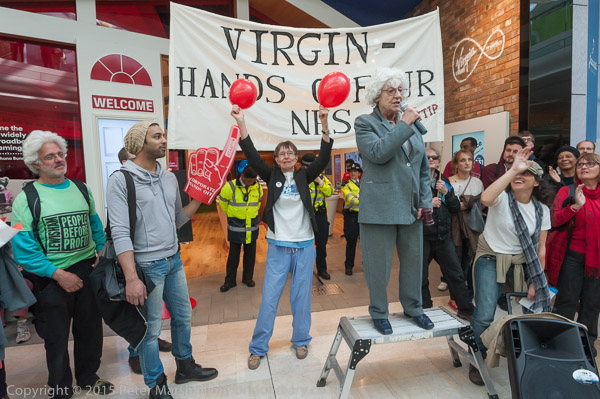
I had been worried that security staff might try to stop photographers working as like most shopping centres, Westfield does not generally allow photography. Police and security watched the protest closely but did not generally try to stop it or photographers working.
The protesters were considering further protests, but I had been on my feet too long and left for home.
More on My London Diary at Westfield ‘Save our NHS’ protest.
Flickr – Facebook – My London Diary – Hull Photos – Lea Valley – Paris
London’s Industrial Heritage – London Photos
All photographs on this page are copyright © Peter Marshall.
Contact me to buy prints or licence to reproduce.
